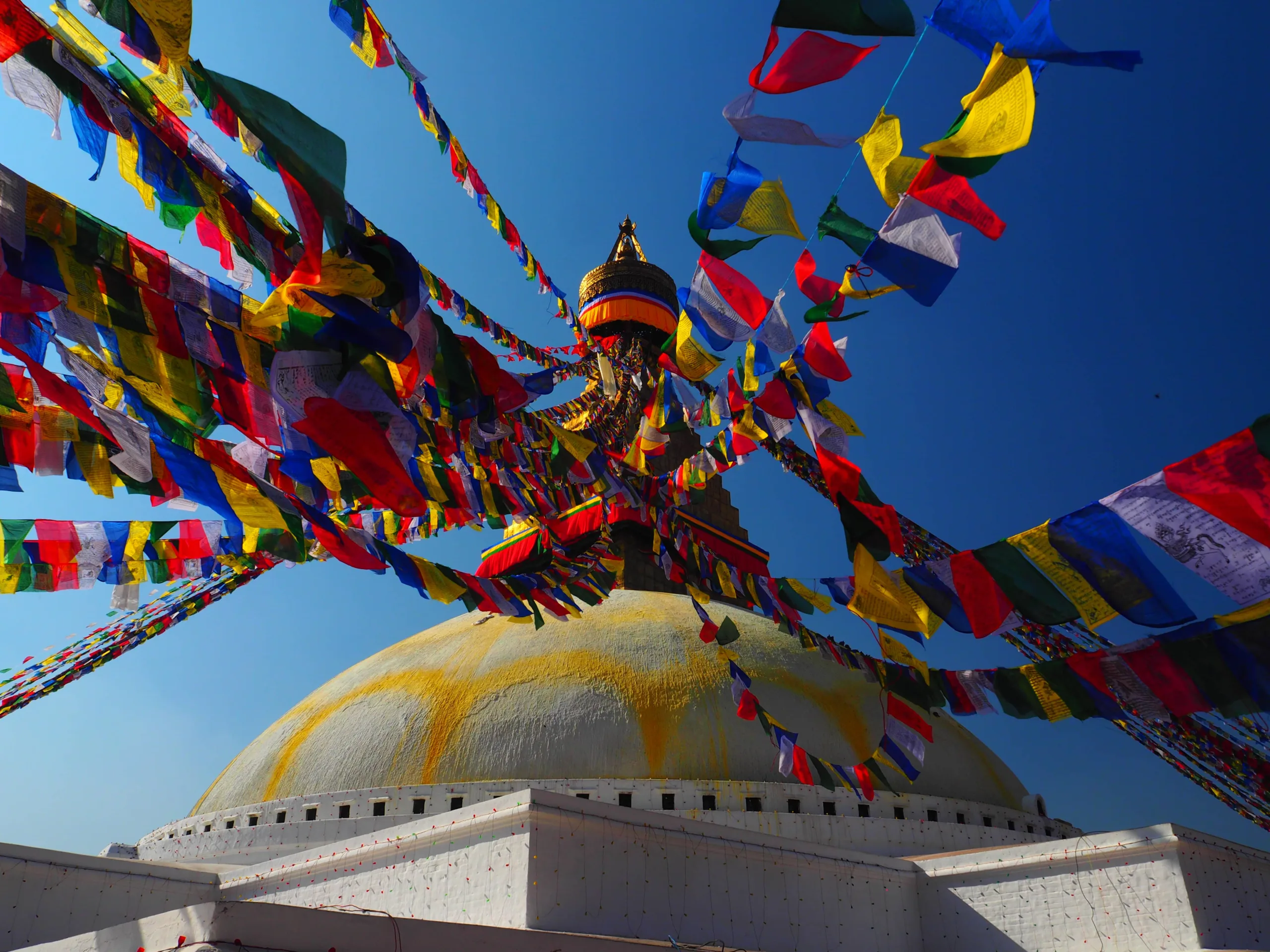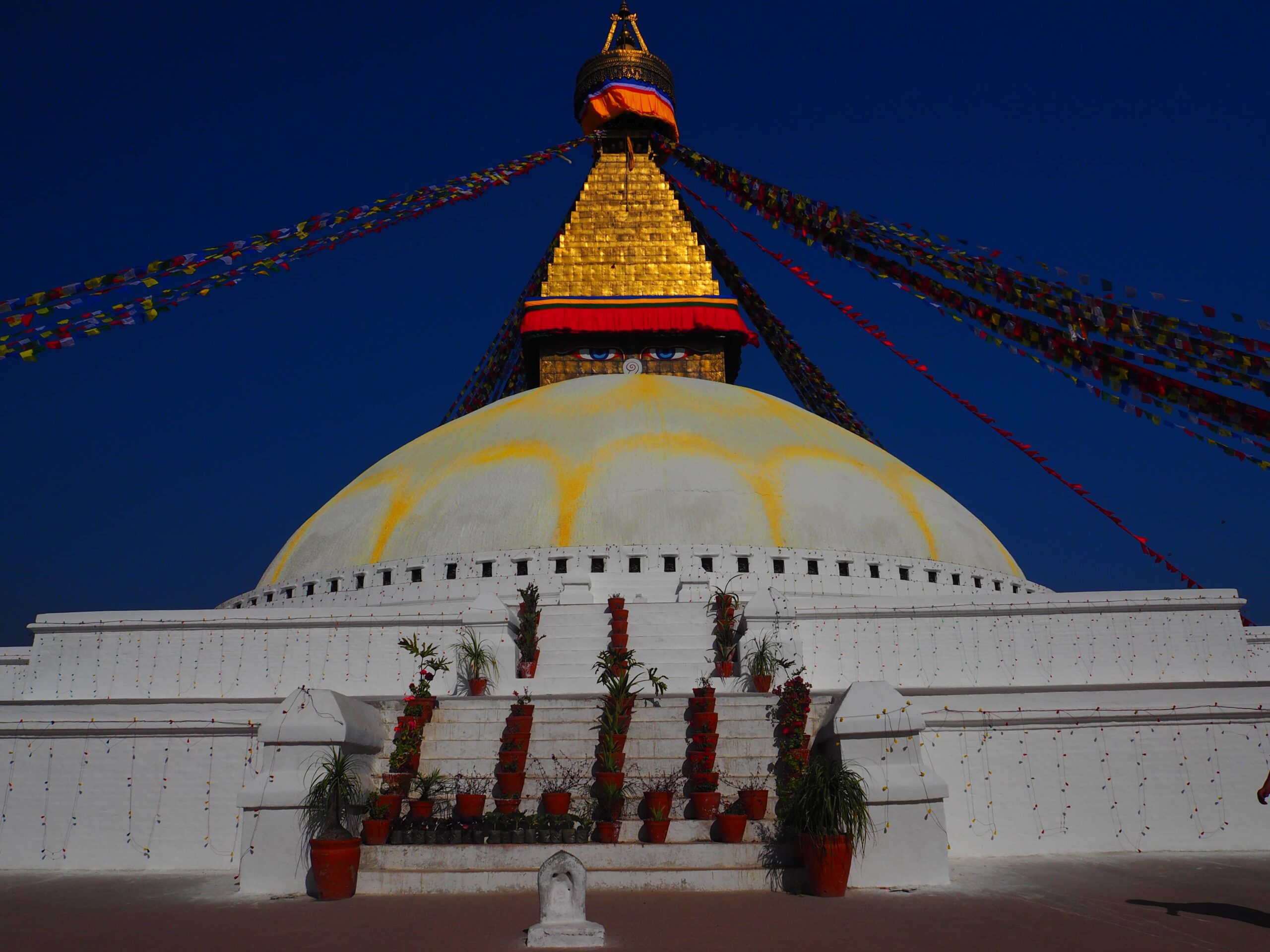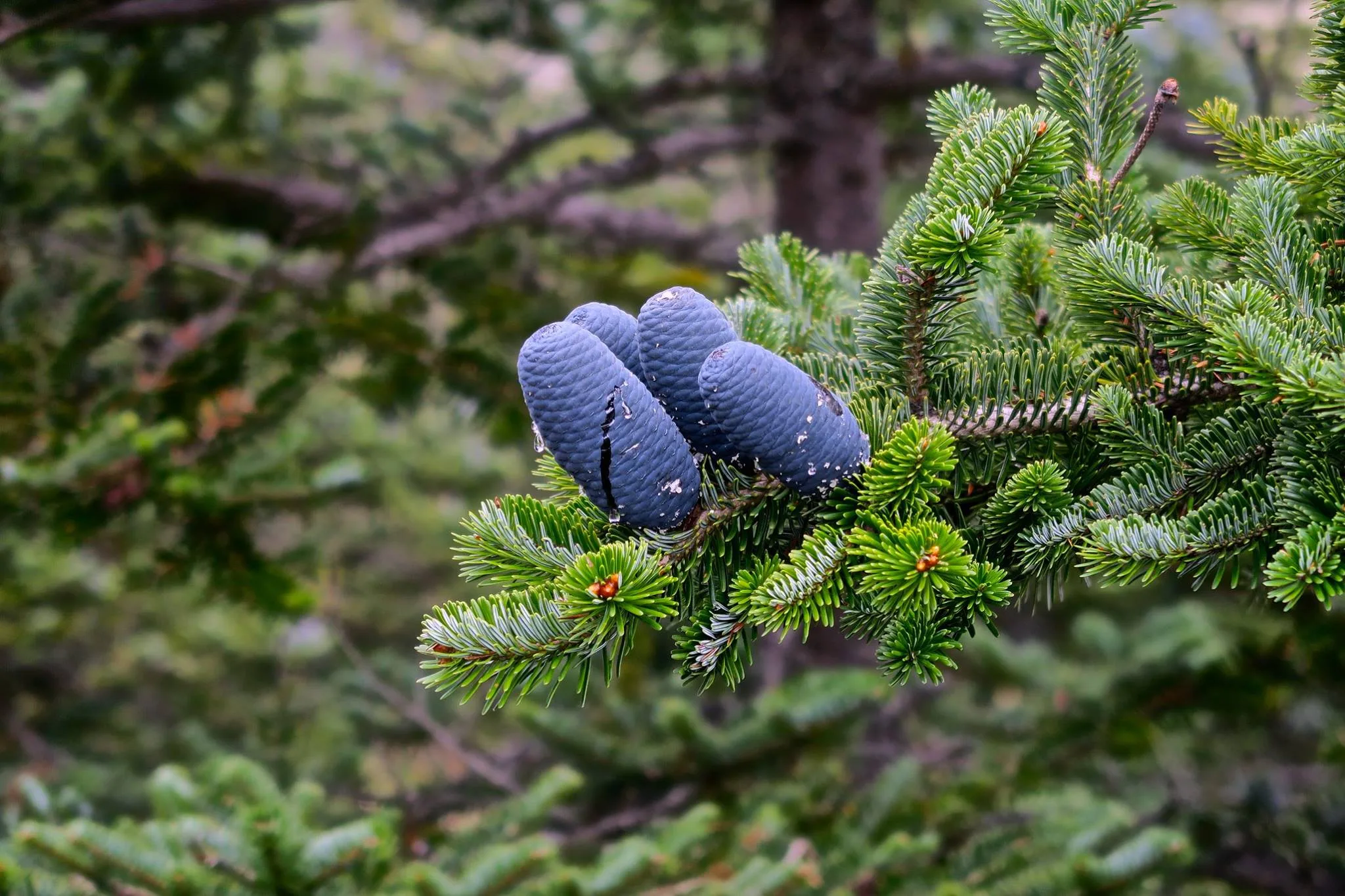PRELIMINARY AND KEY NOTES
- Greeting ‘Namaste’ (your palms held together) is the most respectful and attractive way to greet somebody and is practiced profoundly.
- Accessibility of internet and phone calls can be made efficient using the mobile SIM Card provided by the company or you can buy easily in the local market. All you need is one passport sized photo and a photocopy of your physical passport in either case.
- There are lots of major cultural heritage sites in Kathmandu along with the ancient monasteries and sculptures. Photos are not taken unless you have asked for the permission.
- The nightlife in Kathmandu is mostly safe and concentrated in Thamel area, one of the busiest destinations for foreigners to hang out with varied options of bars, restaurants and other places to choose from. Somehow, other areas including small towns are closed before 10pm.
- Nepalese people are friendly, truly kind and incredibly welcoming as there is a phrase in Nepali culture ‘Guests equal Gods’. Out of the blue moon, there are several chances of being cheated. Saying this, you are somehow prone to possible travel scams. Keep yourself and your belongings safe, if you are travelling solo. It is highly recommended to have one experienced guide, taking safety into consideration.
EQUIPMENTS
What to Bring?
- Sunglasses: UV-protected, high-quality sunglasses are crucial for shielding your eyes from the glare of the sunshine.
- Backpack: A sturdy, roomy backpack that is comfortable to wear and has space for all of your necessities, such as water, snacks, a camera, and additional clothing.
Access the Asia Treks offers its customers a thorough packing list, equipment required, and guidance on the best supplies for their tour requirements. In order to complete this tour securely and comfortably, we want to make sure that our clients have all the required supplies.
ADVISORY
- Non-bio degradable materials are not allowed to dispose in the tour route randomly.
- Proper follow of the guidance provided by the leader/guide of the tour.
- Alcoholic beverages and other intoxicating substances are highly discouraged.
IMPORTANT THINGS REQUIRED
- Passport
- Few passport size photos for official documents
- Personal handbag and luggage
- Snacks and sweets like chocolate bar (if required)
- Some personal items and sunscreen/sun cream
- Water bottle and hat
WHAT IS THE CULTURAL TOUR IN NEPAL LIKE?
A cultural tour in Nepal is a journey that focuses on learning about the nation’s rich history, customs, and cultural heritage. Typically, it entails going to museums, temples, monasteries, historical locations, and other places of interest.
WHAT IS KATHMANDU DURBAR SQUARE?
This location holds immense historical value along with showcasing Newar architecture and artistry through its beautiful palaces, courtyards and temples. The beauty of Nepal’s architectural magnificence is well-represented by Kathmandu Durbar Square – an exquisite UNESCO World Heritage Site in its capital city. Within this sprawling five-acre square are countless majestic palaces, temples, courtyards adorned with intricate carved wooden structures that weave tales from Nepal’s past. Originally founded during Licchavi period in third century, it reached its zenith under Malla dynasty which thrived from twelfth till eighteenth centuries A.D serving as king’s abode while also functioning as both political & administrative center for entire Kathmandu valley.
On Kathmandu Durbar Square, one can find the noteworthy Kumari Ghar, which houses the Living Goddess Kumari. This building is significant since a strenuous selection procedure determines the young girl who will be worshipped as the divine representation of the Hindu goddess Taleju, known as The Kumari. If one peers through the small window, guests may observe The Kumari as she blesses visitors during her scheduled appearances. Located in the area, there are numerous temples that reflect the diverse religions of Nepal. The goddess Taleju Bhawani is honored at the renowned Taleju Temple in Kathmandu, which combines shikhara and pagoda architectural elements in its construction. Additionally, the Kasthamandap Temple, Shiva-Parvati Temple, and Jagannath Temple are also significant religious structures within the vicinity.
Strolling around the courtyards of Kathmandu Durbar Square allows for a glimpse of the magnificent stone carvings and artwork that decorate temples and buildings. Additionally, the square boasts several museums that display historic records, works of art, and ancient artifacts, including the Tribhuvan Museum and the Kathmandu Valley Museum. Despite the ongoing restoration work to preserve its cultural heritage following the destructive earthquake it endured in 2015, the square remains a popular destination for tourists and locals alike. The square’s charm and draw has not withered even while undergoing repairs. Nepal’s rich cultural history is on display at Kathmandu Durbar Square, which is a fascinating site for anyone interested in architecture and design. Palaces, temples, and courtyards with intricate carvings showcase an impressive architectural style that is sure to leave visitors in awe.
WHAT IS BHAKTAPUR DURBAR SQUARE?
Historical landmarks can be found in Bhaktapur, Nepal, at Bhaktapur Durbar Square. One of the Kathmandu Valley’s three Durbar Squares, the other two being Patan Durbar Square and Kathmandu Durbar Square. Bhaktapur Durbar Square, a UNESCO World Heritage Site and a popular tourist destination in Nepal, is known for its incredible architecture and rich cultural heritage.
The Malla kings of Nepal held court in the square, which housed the royal palace of the Bhaktapur Kingdom. It was constructed in the 12th century, and subsequent kings made numerous improvements and additions, resulting in a magnificent fusion of Newari and Malla architectural styles.
The magnificent temples in Bhaktapur Durbar Square are among its most striking features. Many well-preserved temples can be found in the square, and each one features elaborate metalwork, stone sculptures, and woodcarvings. One of the tallest pagodas in Nepal is the five-story Nyatapola Temple, which was constructed in 1702. It is a true masterpiece of Newari architecture thanks to its striking design and exquisite details. Another noteworthy temple in the square is the Bhairavnath Temple, which is devoted to the ferocious deity Bhairava. It is adorned with numerous erotic carvings and is thought to keep evil spirits away from the city.
Another notable place in Bhaktapur Durbar Square is the Palace of Fifty-Five Windows. This palace, which dates back to the 15th century, is renowned for its fifty-five ornately carved wooden windows and balconies. It was once the royal residence and is currently a museum with artwork, artifacts, and historical items on display.
The square, in addition to the temples and palace, is home to other architectural marvels like the Golden Gate, a grand entrance adorned with gold and silver decorations. Another impressive building that leads to the Taleju Temple complex is the Lion’s Gate. These entrances exhibit the superb craftsmanship and meticulous attention to detail that were typical of the Malla era.
In addition to a memorial to earlier architectural brilliance, the square is a focal point for cultural events. It hosts a number of festivals, processions, and religious rituals all year long. The most well-known festival held here is the Bisket Jatra, a week-long event that includes chariot processions, mask dances, and regional music. This festival attracts a lot of locals and tourists who come to enjoy the energetic atmosphere.
However, Bhaktapur Durbar Square and other national treasures were severely damaged by a devastating earthquake that struck Nepal in April 2015. Numerous temples and buildings were severely damaged or destroyed entirely. Since then, extensive restoration work has been carried out to restore the square to its former grandeur.
Local and international organizations have contributed to the restoration efforts, and Bhaktapur Durbar Square now stands as a testament to tenacity and the protection of Nepal’s cultural heritage.
Finally, the magnificent architectural complex known as Bhaktapur Durbar Square serves as a showcase for Nepal’s rich historical and cultural heritage. It provides visitors with a glimpse into the splendor of the Malla dynasty through its antiquated temples, palaces, and intricate artwork. The restoration work has made sure that this UNESCO World Heritage Site continues to enthrall and inspire visitors from all over the world, despite the difficulties brought on by the earthquake.
WHAT IS PATAN DURBAR SQUARE?
In the Nepalese city of Lalitpur, there is a historic square called Patan Durbar Square. Along with Kathmandu Durbar Square and Bhaktapur Durbar Square, it is one of the three Durbar Squares in the Kathmandu Valley. Patan Durbar Square, a UNESCO World Heritage Site, is well known for its exquisite architecture, historic temples, and extensive cultural heritage.
Numerous temples, palaces, courtyards, and public areas can be found on the square. The Royal Palace, also known as Patan Museum, is the focal point of Patan Durbar Square. The palace, which was constructed in the 17th century and features ornately carved wooden windows and doors, is a fine example of Newari architecture. It now functions as a museum, displaying a sizable collection of works of art, artifacts, and religious items that shed light on the region’s rich history and culture.
The Malla kings of Lalitpur’s former royal palace complex was located in Patan Durbar Square. It was built in the third century AD and has lived through numerous dynasties’ reigns. During the Malla era, the square underwent significant growth and development, resulting in a stunning fusion of Newari and Hindu architectural styles.
The extraordinary temples in Patan Durbar Square are renowned for their intricate carvings and fine workmanship. One of the most important temples in the square is the Krishna Mandir. Built in the 17th century, it is dedicated to Lord Krishna and showcases elaborate stone carvings depicting scenes from the epic Mahabharata. The Bhimsen Temple is another prominent temple, dedicated to the deity Bhimsen. It is known for its unique architectural style and beautiful woodcarvings.
The iconic pagodas in Patan Durbar Square are another source of fame. The Golden Temple is a three-story pagoda-style monastery with golden accents, also known as Hiranya Varna Mahavihar. It is a significant place of worship for Tibetan Buddhists and contains a lovely statue of Lord Buddha. Another pagoda-style temple, the Kumbeshwar Temple, has a sizable Shiva lingam and a pond with golden fish.
Patan Durbar Square, which is separate from the temples and palaces, is a thriving center of culture. It serves as a hub for celebrations, religious rites, and folk performances. The Rato Machhindranath Jatra, a month-long chariot procession honoring the deity Machhindranath, is held in the square. Thousands of devotees and visitors flock to this grand festival, resulting in a vibrant and lively atmosphere.
In addition to its importance to architecture and culture, Patan Durbar Square has encountered its share of difficulties. Numerous buildings in the square suffered serious damage as a result of the devastating earthquake in 2015. To preserve and restore the heritage site to its former glory, restoration and reconstruction efforts have been made. Local communities, governmental organizations, and international organizations have all contributed to these efforts, demonstrating the dedication to preserving Nepal’s cultural heritage.
WHAT IS SYAMBHUNATH TEMPLE?
Swayambhunath, commonly known as the Monkey Temple, is a well-known religious monument located on a hill in the Nepalese capital, Kathmandu. This celebrated site attracts countless visitors from around the globe due to its rich history, cultural significance, and breathtaking scenic views.
A prominent and holy Buddhist site located on a hill in the western part of Kathmandu Valley, Nepal, is considered one of the oldest pilgrimage sites. For more than 2,500 years, it has been an important pilgrimage destination for both Buddhists and Hindus.
The term “Swayambhunath” in Sanskrit means “self-existent” and implies that the stupa came into being without any external influence. Legend has it that Swayambhunath was situated on a hill that was once an ancient lake. A lotus flower was growing in the valley, which drew the attention of Manjushree, the bodhisattva of wisdom, due to its bright radiance. To reveal Swayambhunath’s sacred location, he drained the lake and removed the water. This historical event is commonly associated with the origins of Swayambhunath.
The entrance to Swayambhunath is marked by a grand staircase adorned with statues of lions, mystical creatures, and prayer wheels, beckoning knowledgeable visitors to embark on its ascent. While the climb up the stairs may prove challenging, it is a journey full of excitement and anticipation, ultimately culminating in a breathtaking panoramic view of the Kathmandu Valley, complete with its majestic mountains views as you reach to the peak.
WHAT IS PASHUPATINATH TEMPLE?
The Pashupatinath Temple, located on the banks of the Bagmati River in the city of Kathmandu, Nepal, is an ancient Hindu temple that is highly revered and well-known for its religious significance. Every year, this site attracts millions of tourists and devotees due to its religious importance and cultural heritage in Nepal.
The Pashupatinath Temple has a rich historical background that dates back to ancient times. It is believed to have been constructed in the 5th century and has undergone several modifications and renovations since then. The temple is dedicated to Lord Pashupatinath, an incarnation of Lord Shiva, who is considered the supreme deity in Hinduism.
The huge temple complex is made up of numerous shrines, sacred locations, and pavilions. The main temple structure is designed in the pagoda style, and it is an impressive architectural marvel because to its beautiful wood carvings and golden spires. Its majesty is enhanced by the two-tiered golden dome and silver-plated doors.
The holy Bagmati River that runs alongside Pashupatinath Temple is one of its most notable characteristics. Hindus revere and hold great sacred significance for the river. The river is frequently used for religious rites and ritual baths by devotees. The famed Pashupatinath Ghats are where funeral pyres burn day and night, and the Bagmati River is where cremation ceremonies take place.















